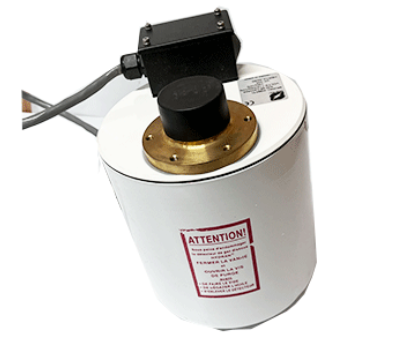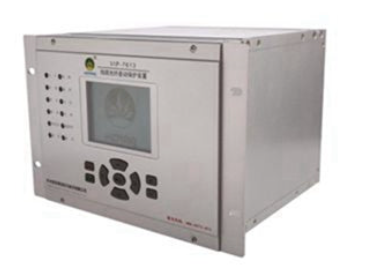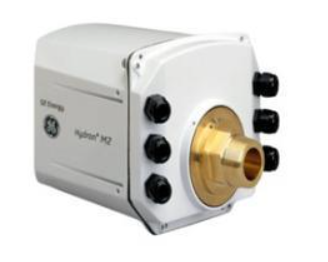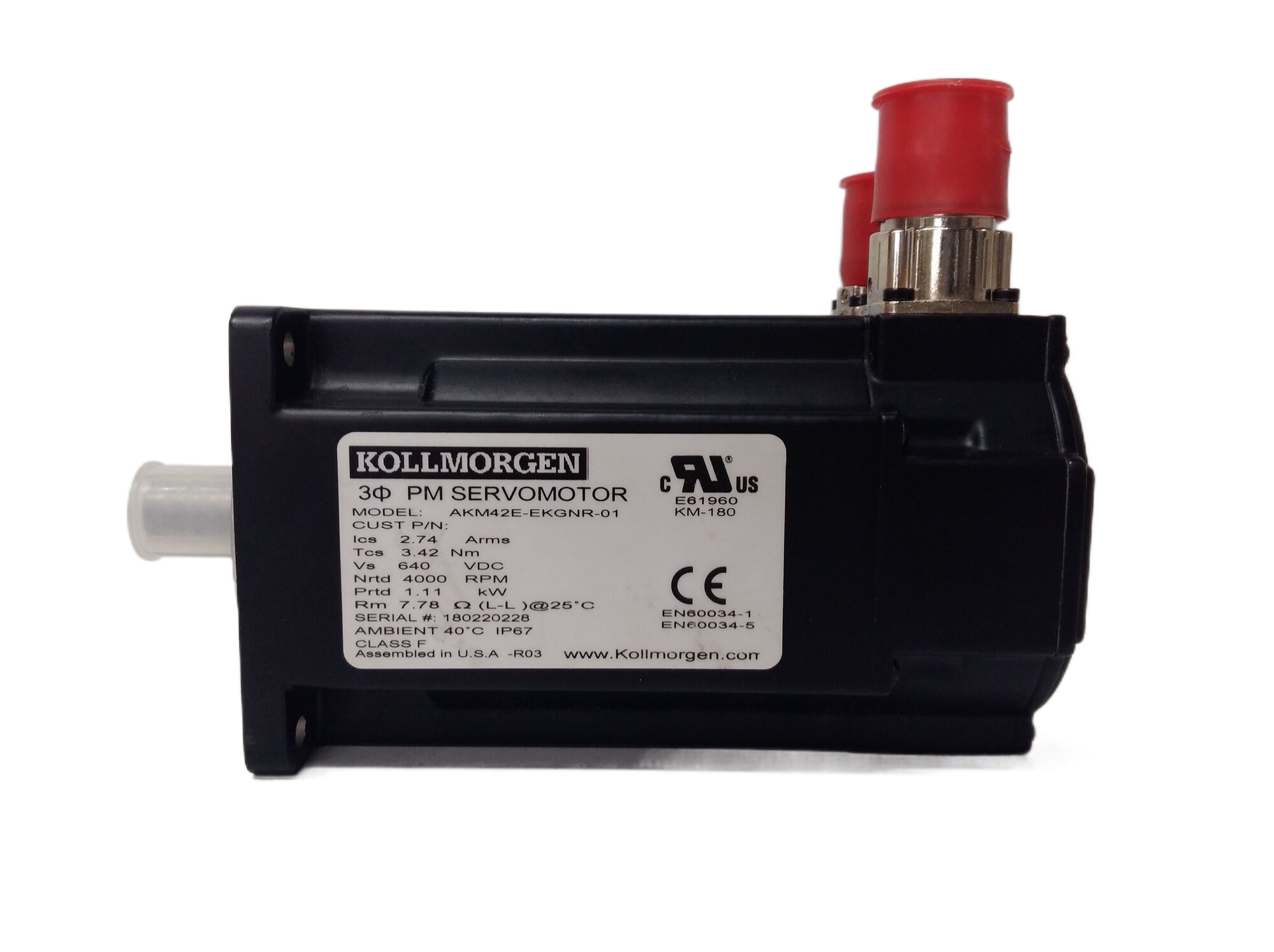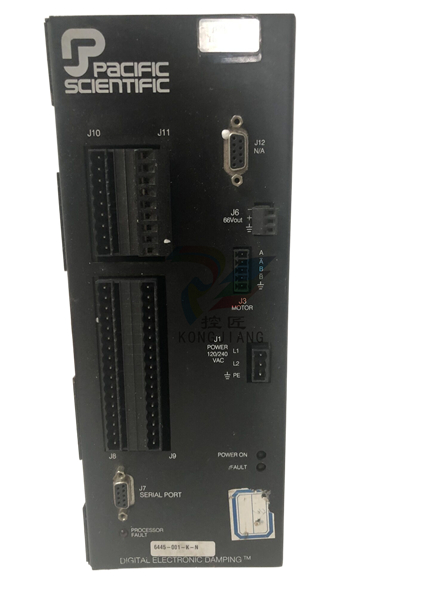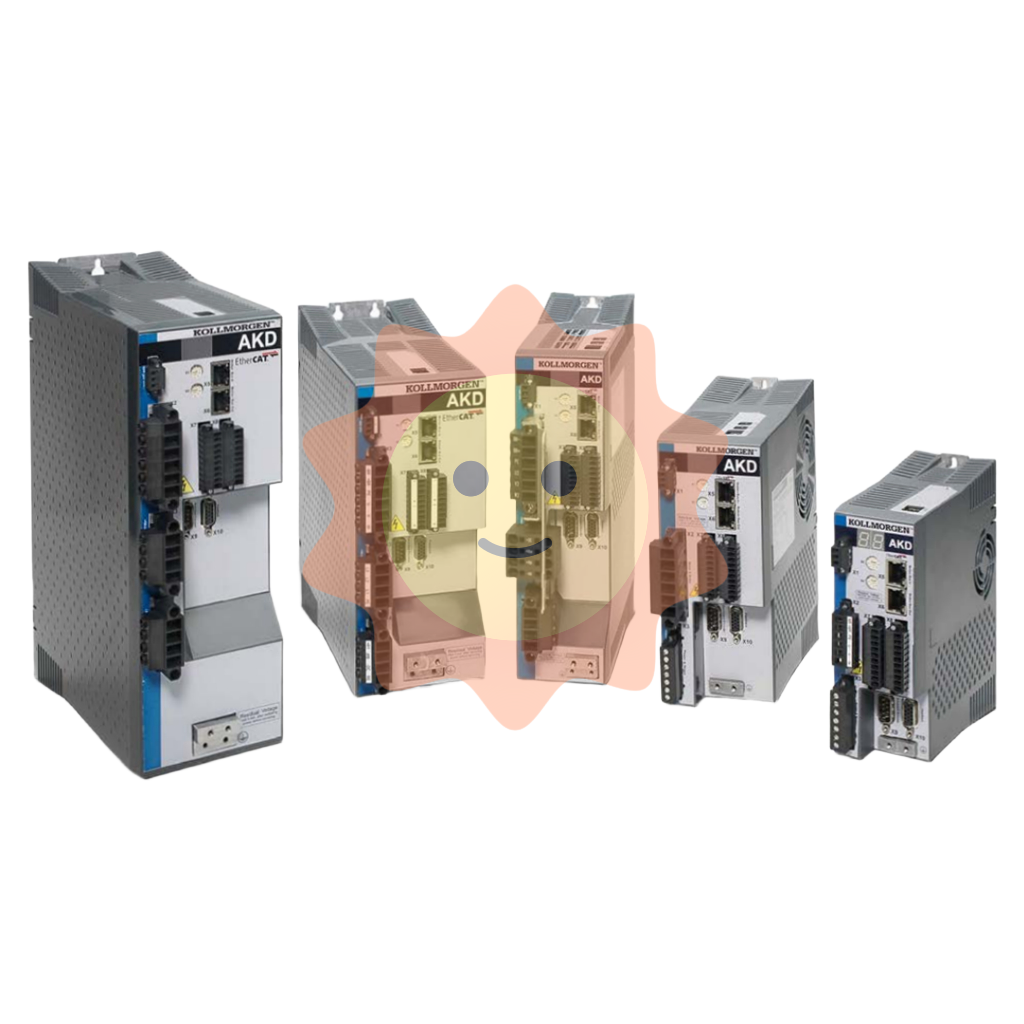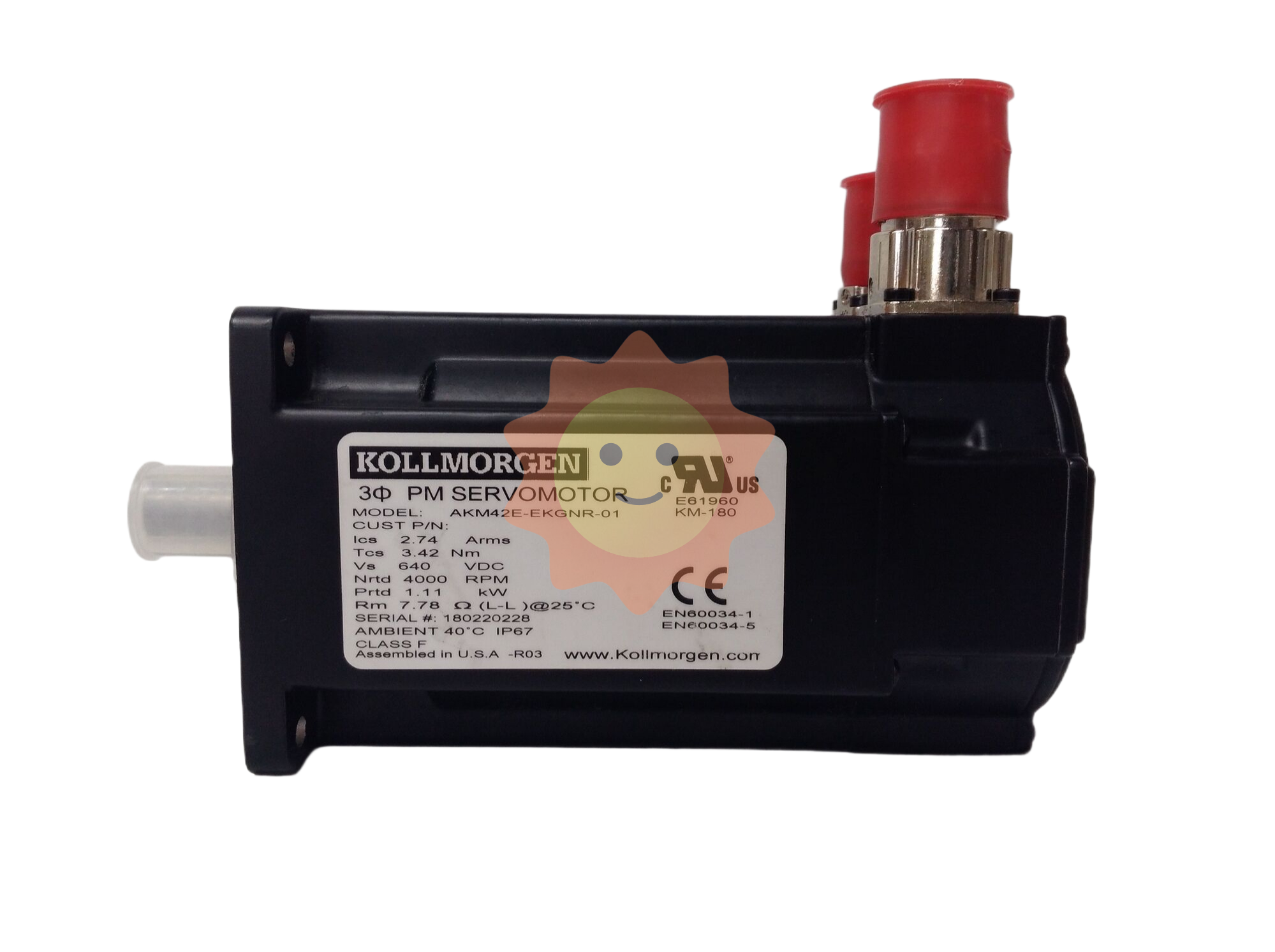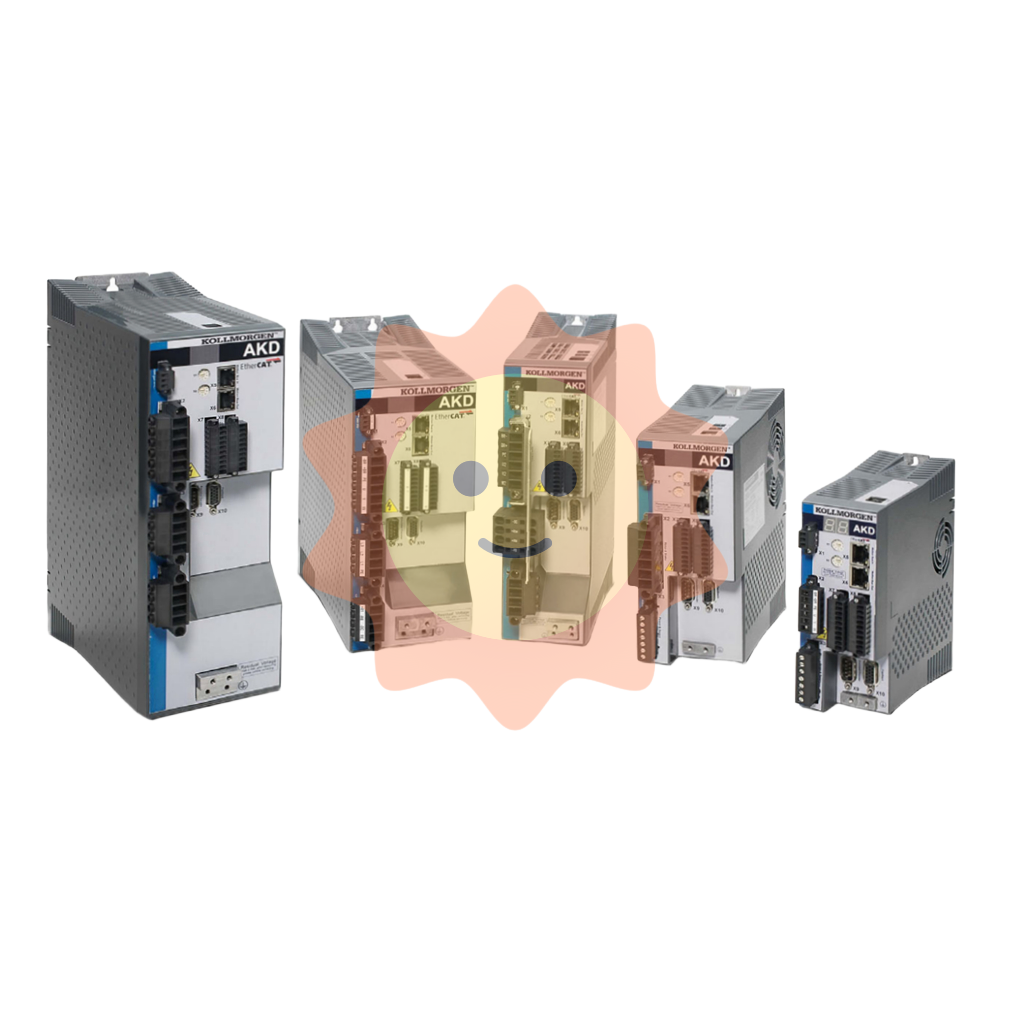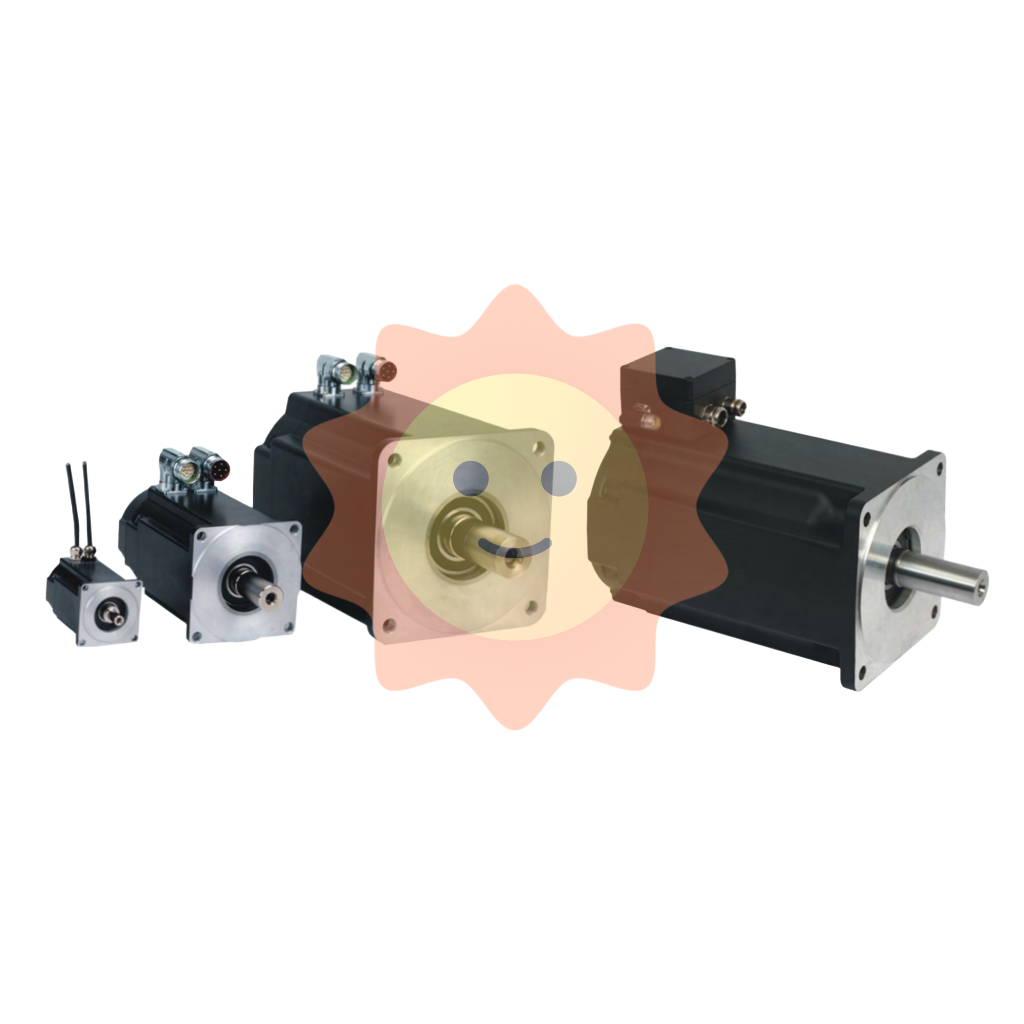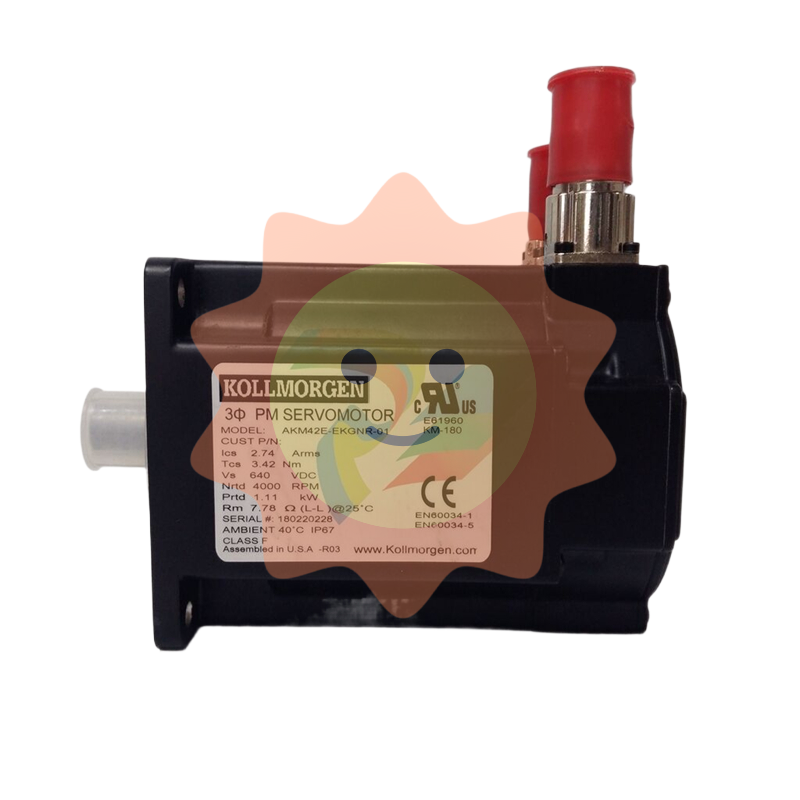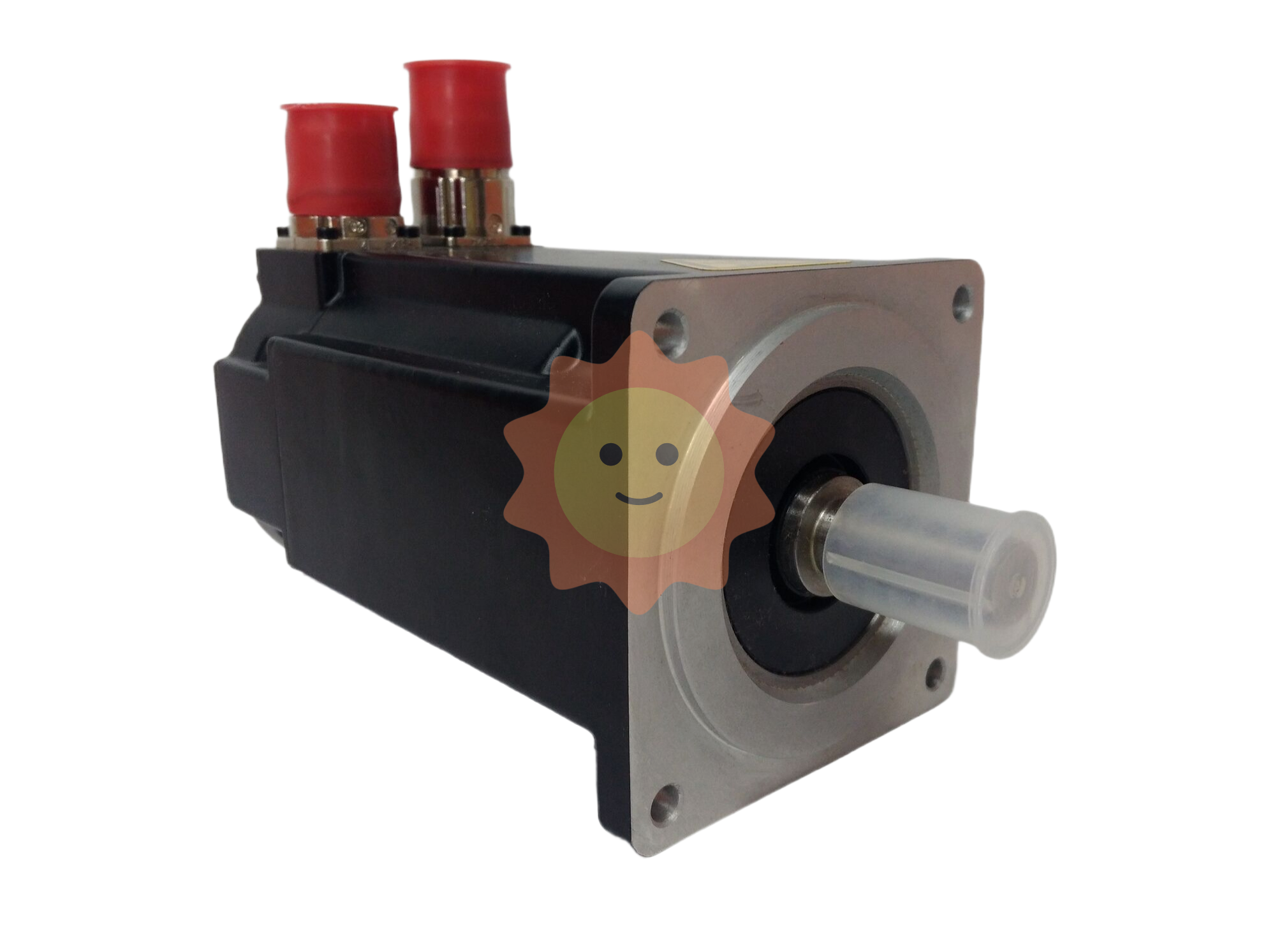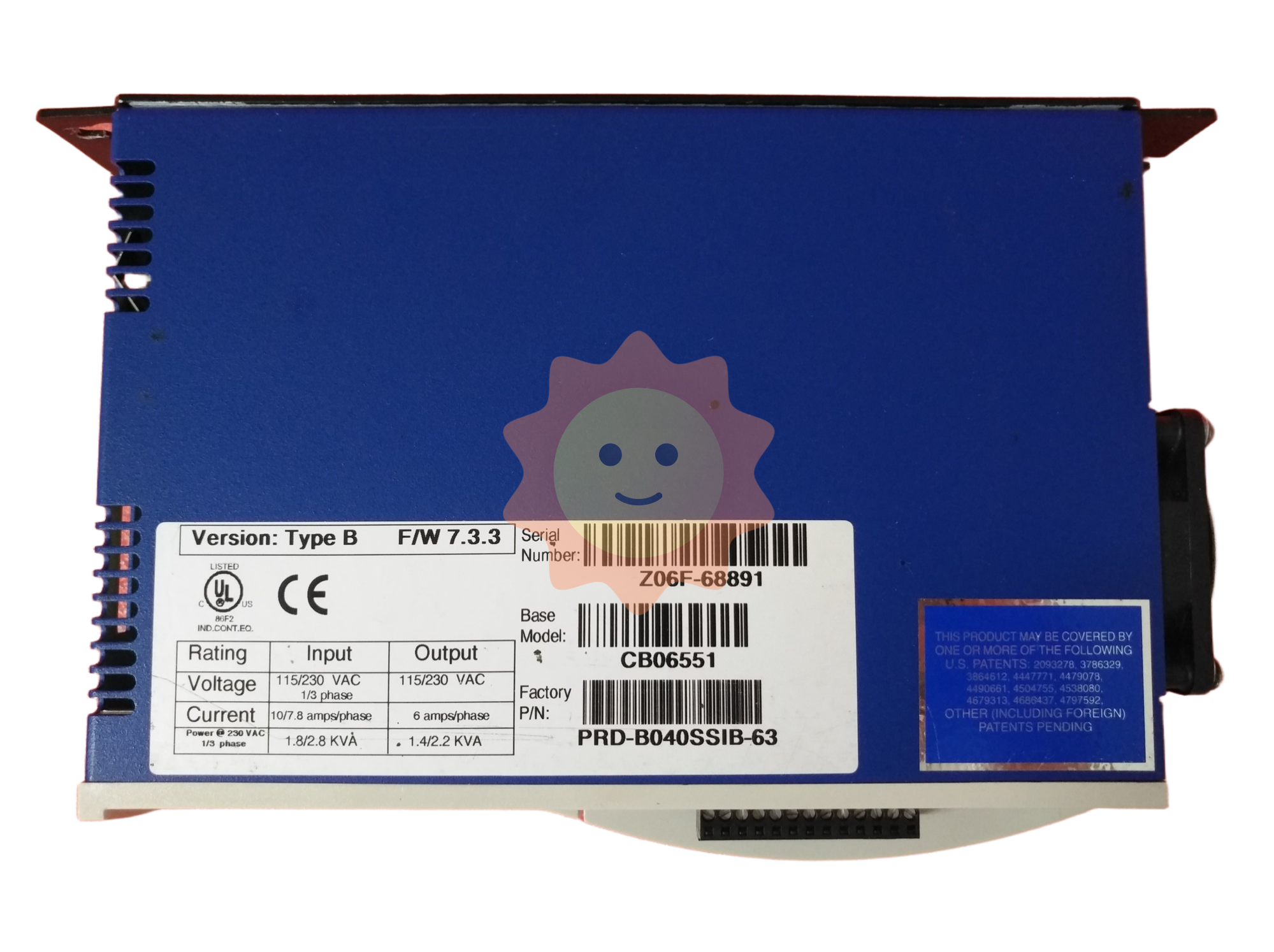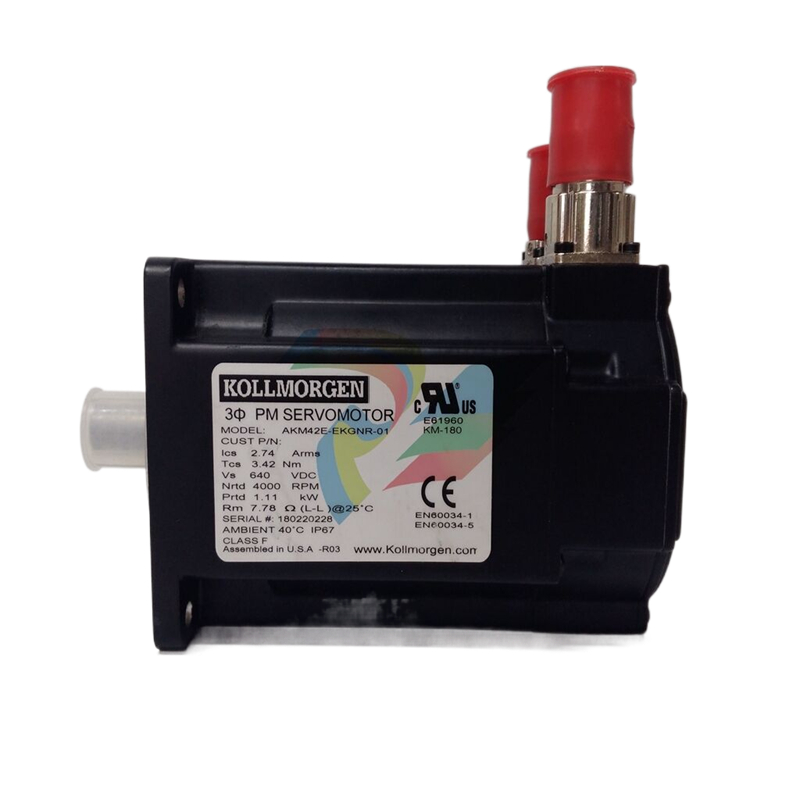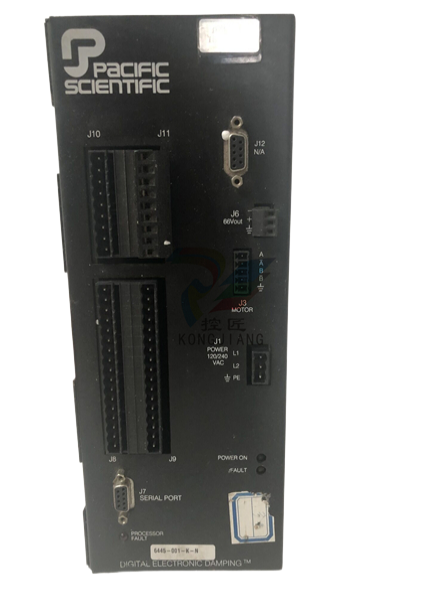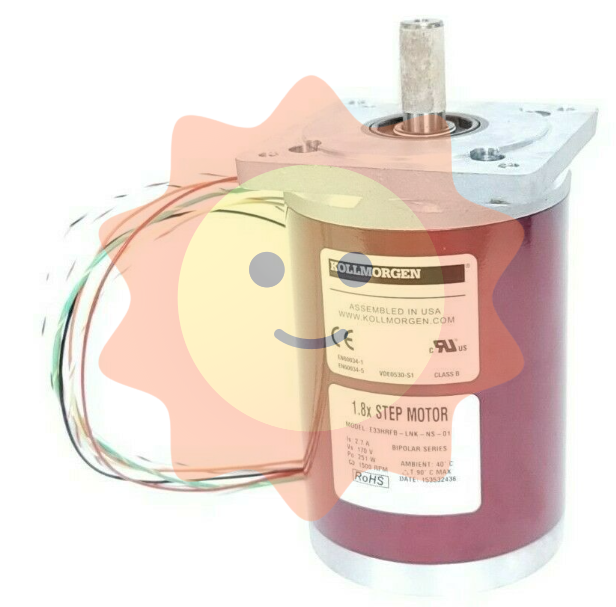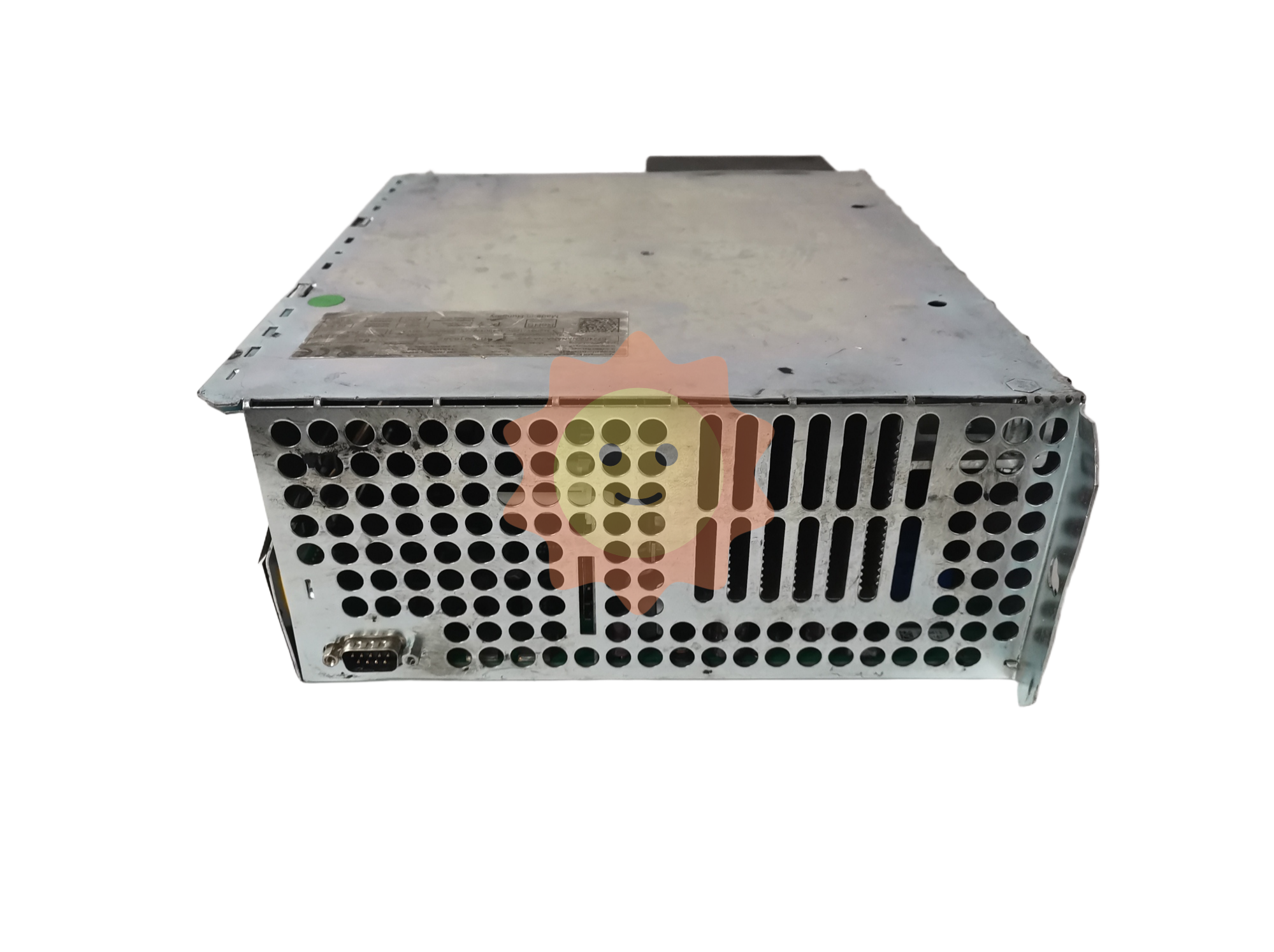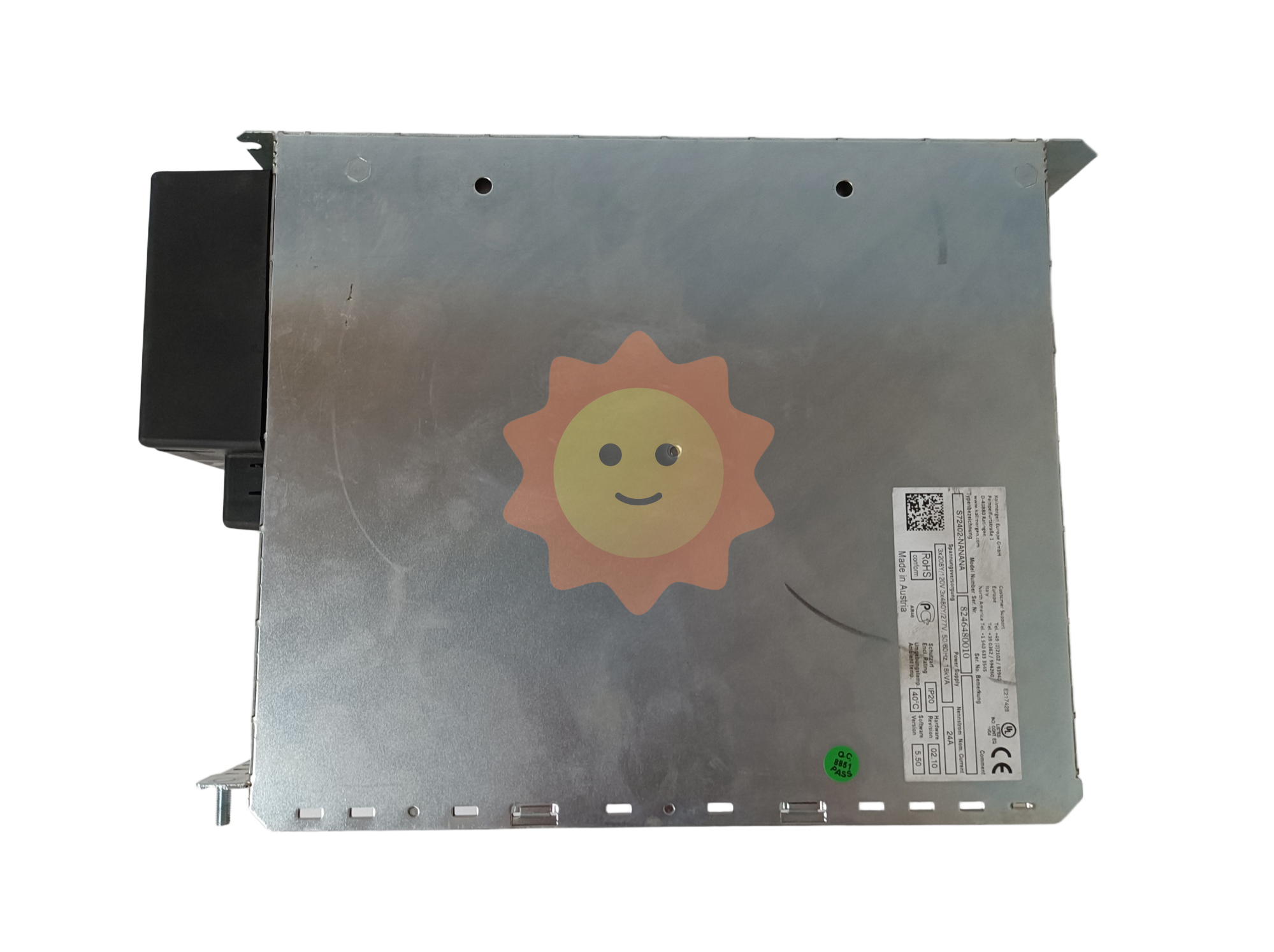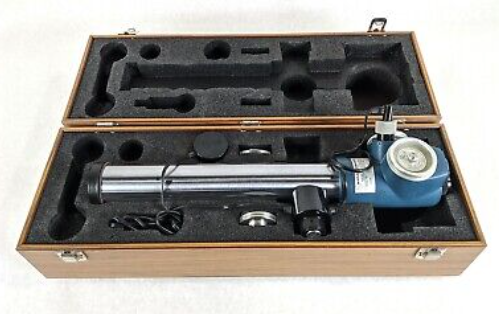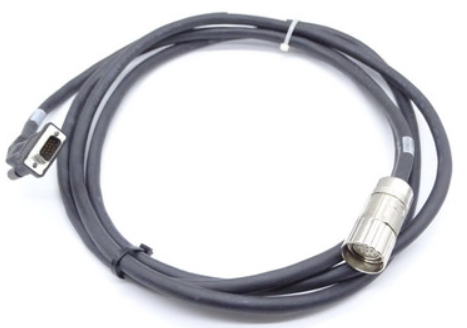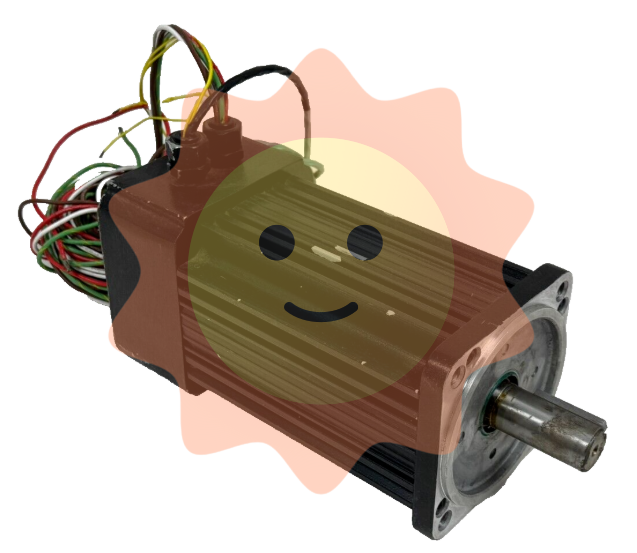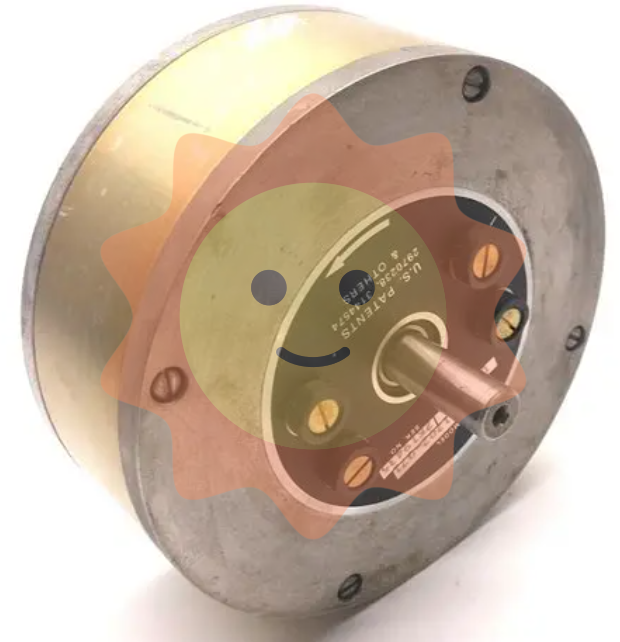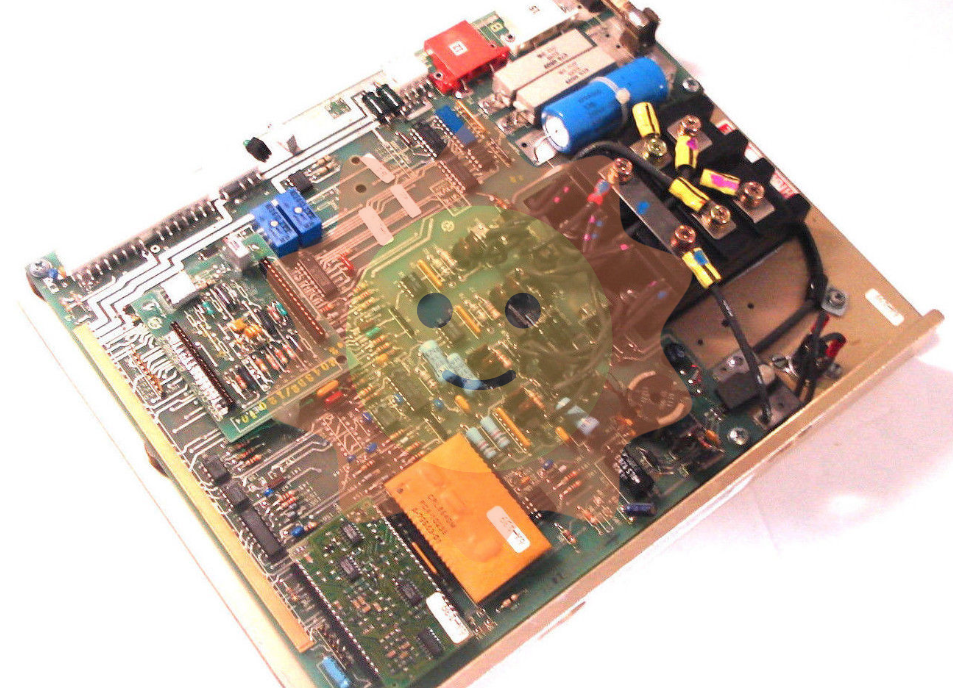General technology for hydrogen production from biomass
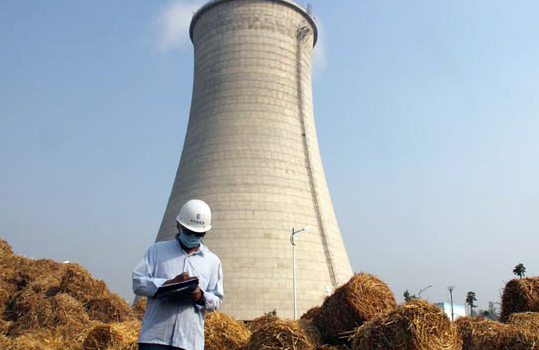
Biological hydrogen production is basically dependent on hydrogen-producing enzymes. There are usually three types of enzymes that catalyze hydrogen production: nitrogenase, iron (Fe) hydrogenase and NiFe hydrogenase. Hydrogen-producing enzymes use metal clusters as active centers to produce hydrogen through complex biosynthetic pathways. Anaerobic bacteria used to produce hydrogen in dark fermentation include the genus Clostridium, such as Clostridium penicillium, Clostridium butyricum, thermosuccinicum, Clostridium Pasteur, Clostridium auxilium, Clostridium sucralobutyruvate, and Clostridium thermophilum. A variety of photosynthetic bacteria have been used in photofermentation for hydrogen production, such as Rhodopseudomonas gutti, Pseudomonas sulfophila, Rhodopseudomonas capsulatus and Bacillus sphaeridium. Effective microbial hydrogen production requires strict control of the anaerobic environment, pH and temperature. At different stages of light fermentation and dark fermentation, the two fermentation methods can be combined to produce hydrogen. For example, hydrogen production can be increased by combining dark fermentation broth with light fermentation hydrogen production, which can be catalyzed by nitrogenase and hydrogenase.
To date, fermentation hydrogen production technology has made extensive advances in many directions, such as using various types of biomass as substrates, fixing enzymes to different carriers, bioreactor design, finding new microbial strains, and controlling the production of inhibitors during fermentation. However, a multi-functional, stable biological hydrogen production technology for practical applications has not yet been realized.
(3) Low temperature electrochemical method
Electrolysis of water to produce hydrogen is a well-known method. The advantage of this method is that it produces high-purity hydrogen without producing pollutants such as carbon monoxide (CO) or CO2. However, in most cases, electrolytic water consumes 4.5 to 5 kW· h of electricity for every 1 m3 of hydrogen produced. Therefore, the high cost caused by high energy consumption limits the large-scale application of this method. Using biomass as a sacrifice to replace part of the water as a hydrogen and electron donor can significantly reduce electrical energy consumption and thus reduce costs. Due to the polymerization state and complexity of biomass, hydrogen production by biomass gasification at high temperatures (about 500 ° C) combined with electrolysis and hydrogen production by biomass electrolysis at medium temperatures (about 150 ° C) in the H3PO4 medium have been developed. However, high temperature electrolysis has obvious problems of heat loss and catalyst deactivation due to biomass coking. Therefore, in terms of energy utilization efficiency, the electrochemical method of converting biomass into hydrogen at low temperature (< 100 ℃) is a promising method for sustainable hydrogen production. However, there are still great challenges in the production of hydrogen from biomass by low temperature electrochemical method.
Proton exchange membrane electrolysis cells (PEMEC) and microbial electrolysis cells (MEC) are commonly used for hydrogen production from low-temperature biomass. Although recent research has made some improvements to these technologies, there are still several issues that hinder their application. First, neither of these methods can directly deal with raw biomass. Instead, lignocellulosic molecules must first be converted into small molecules of chemicals such as methanol, ethanol, and ethylene glycol. This is because the noble metal catalyst does not have good performance in the catalytic reaction of lignocellulosic macromolecules at low temperature. Secondly, the precious metal catalyst is highly sensitive to the intermediate products produced in the electrolysis process and the pollutants in the biomass (including sulfur components, carbon monoxide, etc.), which will lead to catalyst poisoning. In addition, because NaOH can react with organic acids formed by oxidation reaction in electrolysis, NaOH will be consumed in PEMEC process, thus increasing production costs. Finally, the production rate of hydrogen is very low, which further limits the industrial application of the method.
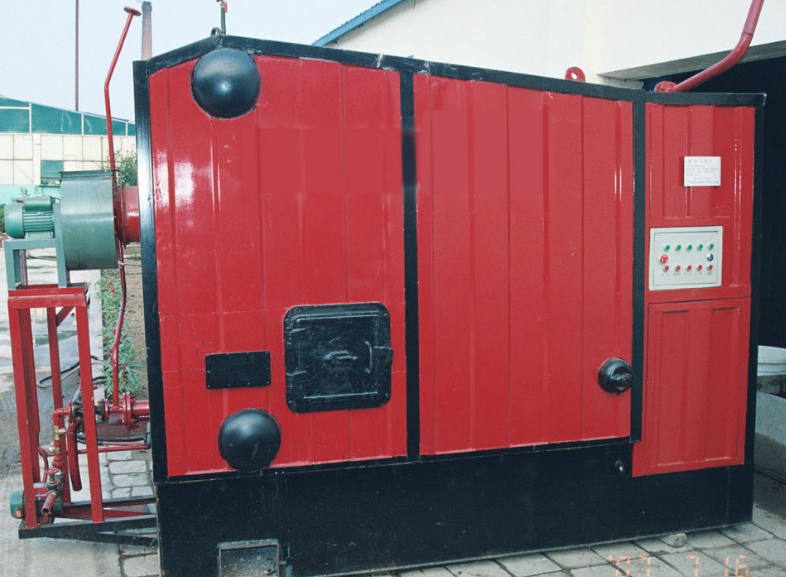
Recently, Liu et al. reported a chemical-electrolytic conversion (CEC) method using polyoxometalate (POM) as catalyst and proton carrier to produce hydrogen from natural lignocellulosic biomass. With this technology, natural biomass (such as cellulose, lignin, and even wood and grass meal) can be directly and efficiently decomposed at relatively low temperatures by POM solution, and then hydrogen can be used by electrolysis process with low power consumption. As shown in Figure 4, the anode is an unpretreated graphite felt, the cathode is a carbon plate coated with Pt black catalyst, and the proton exchange membrane is sandwiched between the two. The mixed solution of biomass and phosphomolybdic acid (H3PMo12O40) is stored in the anode tank of the electrolytic tank, and under heating or sunlight, H3PMo12O40 can oxidize the biomass and reduce it to a reduced state by receiving electrons, causing the color of the mixed solution to change from yellow to dark blue.
- EMERSON
- Honeywell
- CTI
- Rolls-Royce
- General Electric
- Woodward
- Yaskawa
- xYCOM
- Motorola
- Siemens
- Rockwell
- ABB
- B&R
- HIMA
- Construction site
- electricity
- Automobile market
- PLC
- DCS
- Motor drivers
- VSD
- Implications
- cement
- CO2
- CEM
- methane
- Artificial intelligence
- Titanic
- Solar energy
- Hydrogen fuel cell
- Hydrogen and fuel cells
- Hydrogen and oxygen fuel cells
- tyre
- Chemical fiber
- dynamo
- corpuscle
- Pulp and paper
- printing
- fossil
- FANUC
- Food and beverage
- Life science
- Sewage treatment
- Personal care
- electricity
- boats
- infrastructure
- Automobile industry
- metallurgy
- Nuclear power generation
- Geothermal power generation
- Water and wastewater
- Infrastructure construction
- Mine hazard
- steel
- papermaking
- Natural gas industry
- Infrastructure construction
- Power and energy
- Rubber and plastic
- Renewable energy
- pharmacy
- mining
- Plastic industry
- Schneider
- Kongsberg
- NI
- Wind energy
- International petroleum
- International new energy network
- gas
- WATLOW
- ProSoft
- SEW
- wind
- ADVANCED
- Reliance
- YOKOGAWA
- TRICONEX
- FOXBORO
- METSO
- MAN
- Advantest
- ADVANCED
- ALSTOM
- Control Wave
- AB
- AMAT
- STUDER
- KONGSBERG
- MOTOROLA
- DANAHER MOTION
- Bently
- Galil
- EATON
- MOLEX
- Triconex
- DEIF
- B&W
- ZYGO
- Aerotech
- DANFOSS
- KOLLMORGEN
- Beijer
- Endress+Hauser
- MOOG


Email:wang@kongjiangauto.com

